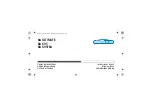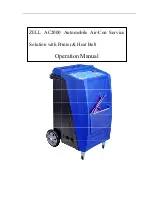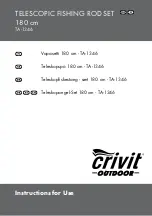
1
Introduction
Why Use the LTQ XL MS Detector?
Thermo Electron Corporation
LTQ XL Getting Started
3
detector has several advanced features that make its MS
n
capabilities
extremely powerful for qualitative analysis. (See
Experiments Can I Perform with the LTQ XL MS Detector?”
ZoomScan analysis provides information about the charge state of one or
more mass ions of interest. ZoomScan data is collected by using slower scans
at higher resolution. This allows for unambiguous determination of charge
state, which in turn allows for the correct determination of molecular mass.
In addition to the aforementioned levels of analysis, there is an additional
technique called Wideband Activation. The Wideband Activation option
allows the LTQ XL MS detector to apply collision energy to ions during
MS/MS fragmentation over a fixed mass range of 20 u. This option allows
the LTQ XL MS detector to apply collision energy to both the parent ion, as
well as to product ions created as a result of non-specific losses of water
(18 u) or ammonia (17 u), for example, or to product ions formed from the
loss of fragments less than 20 u. When you want enhanced structural
information and you do not want to perform MS
3
analysis with the LTQ XL
MS detector, choose the Wideband Activation option for qualitative
MS/MS. Because the collision energy is applied to a broad mass range,
signal sensitivity is somewhat reduced when you choose this option.
Therefore, increase the value of the collision energy (Activation Amplitude)
to compensate somewhat for the reduction of sensitivity.
















































